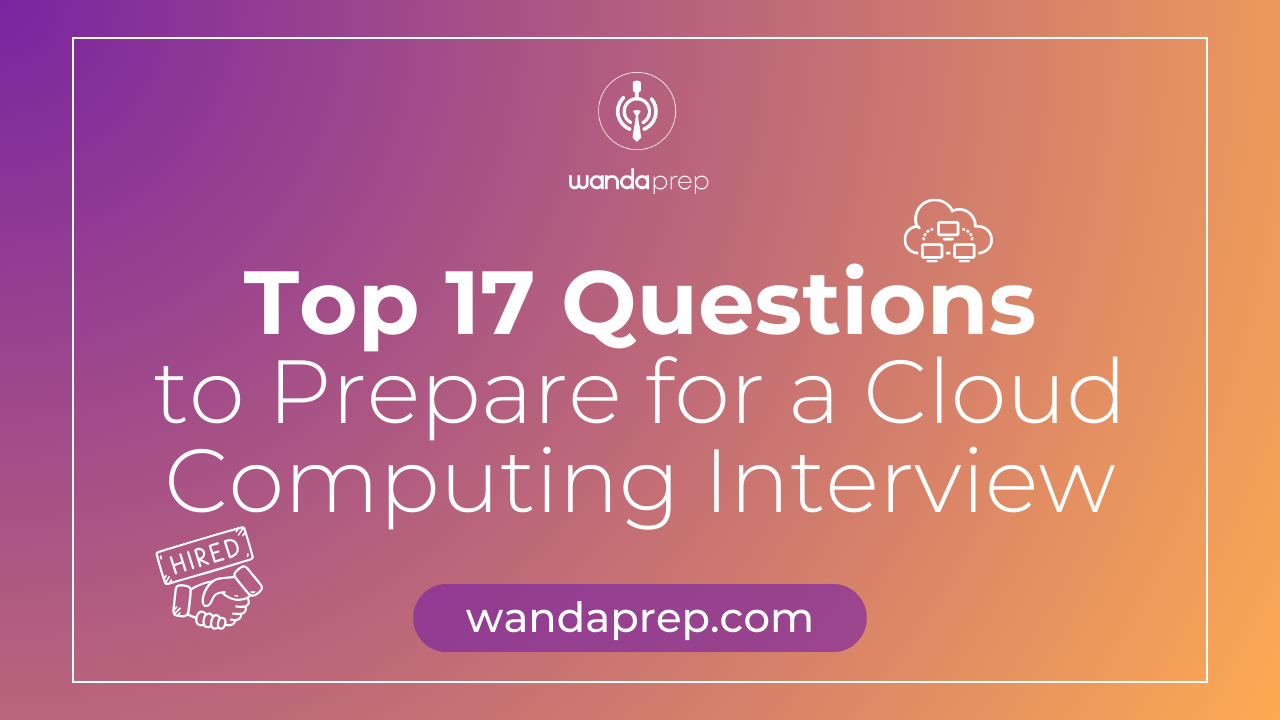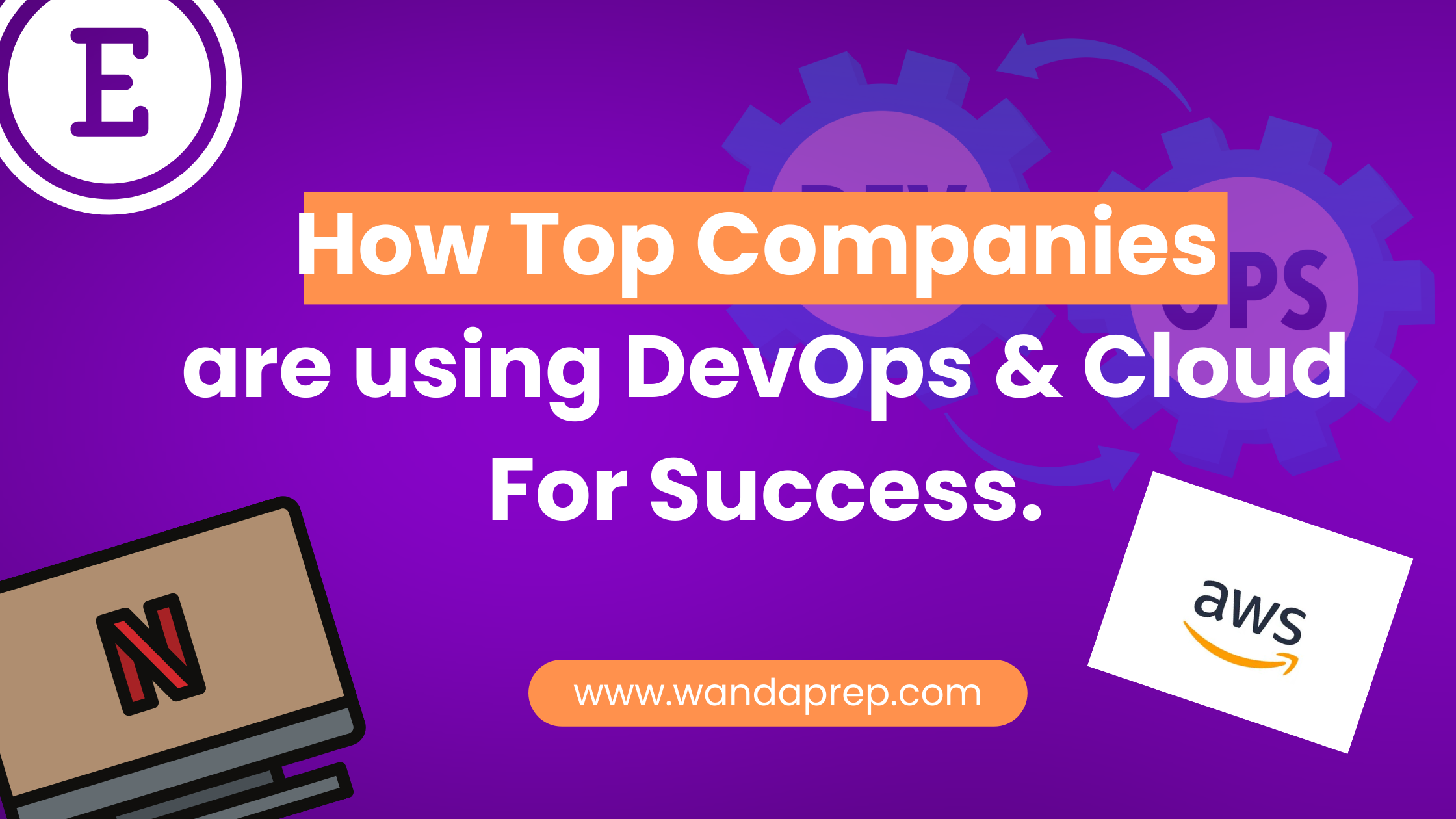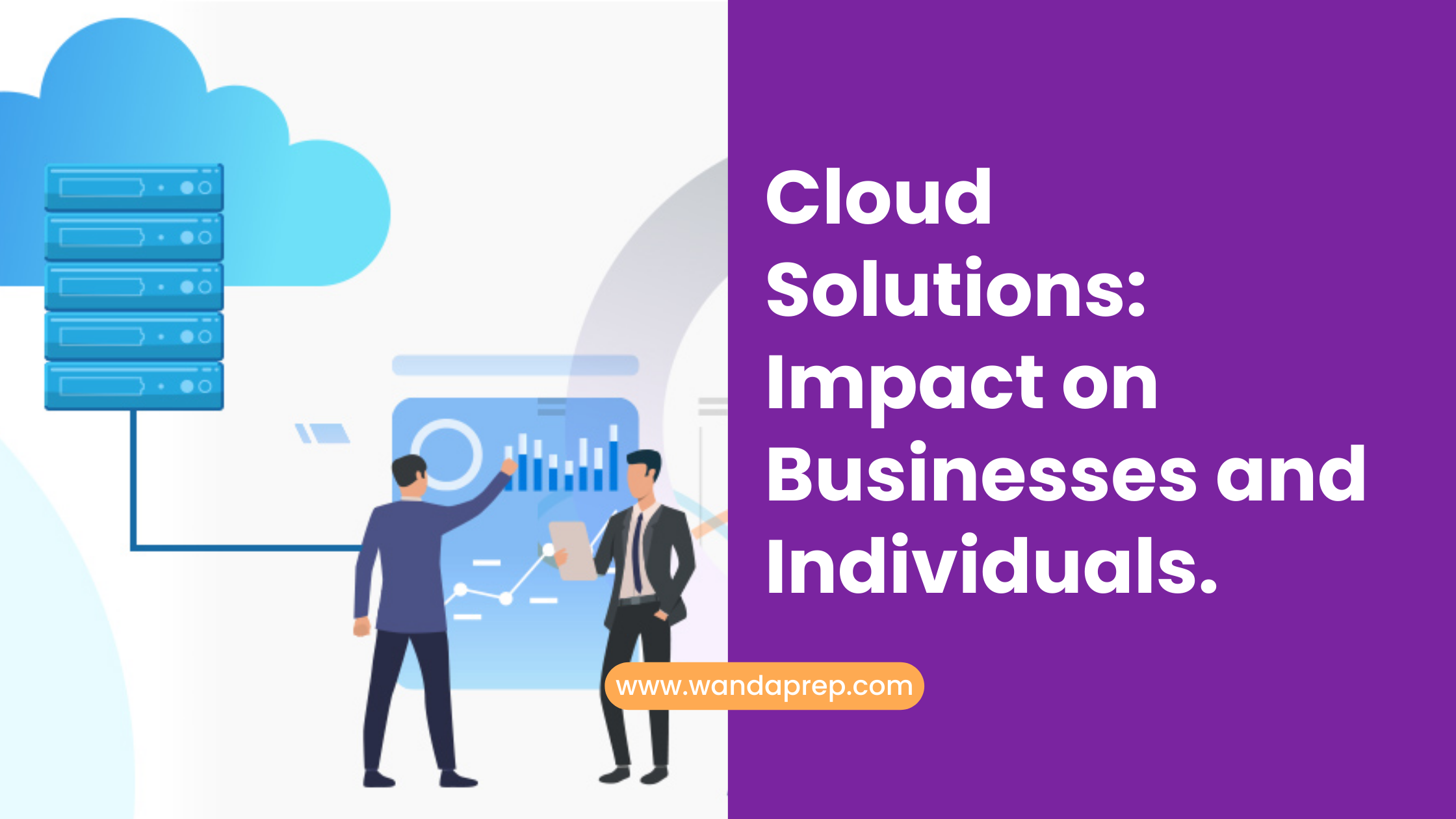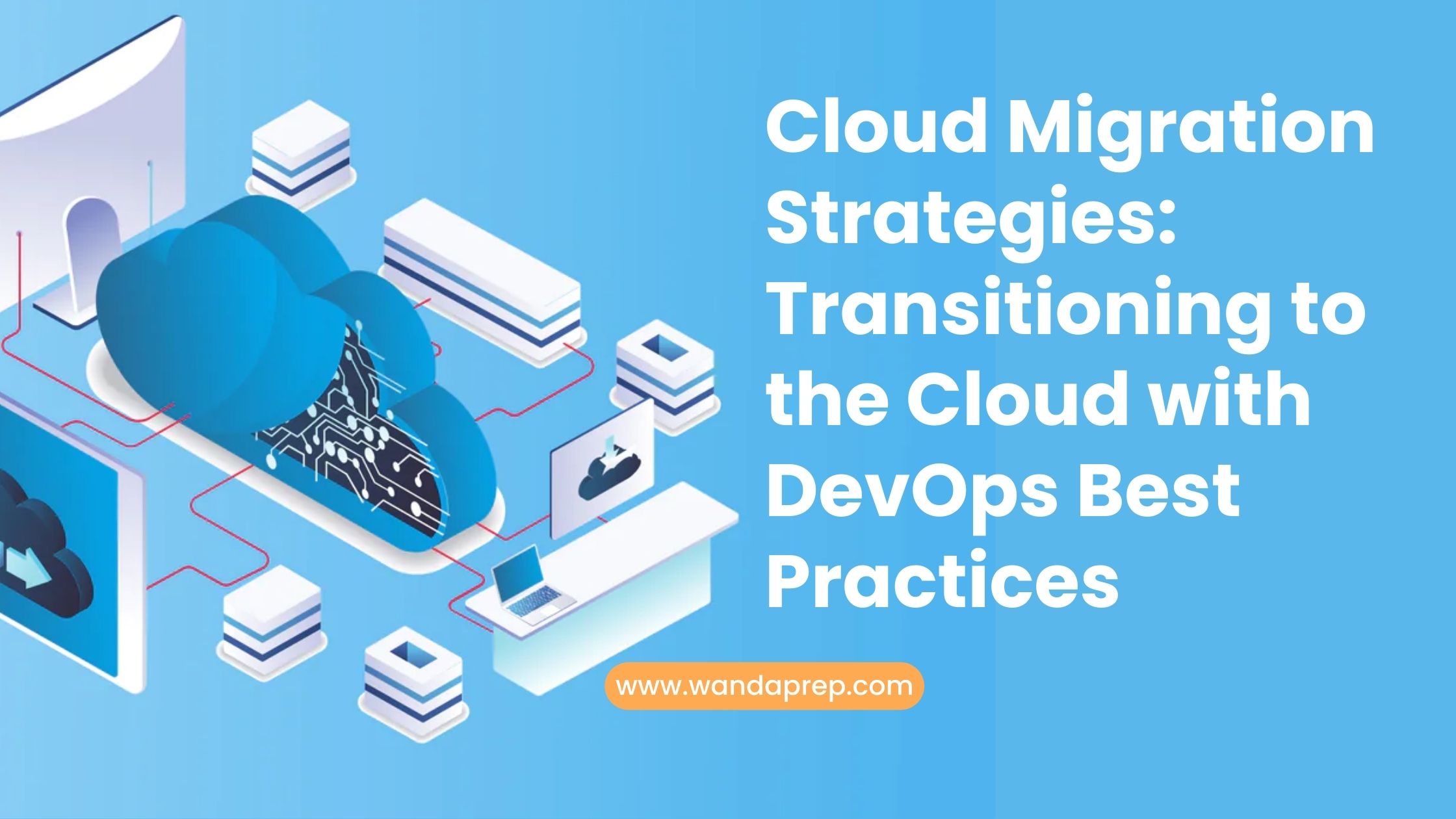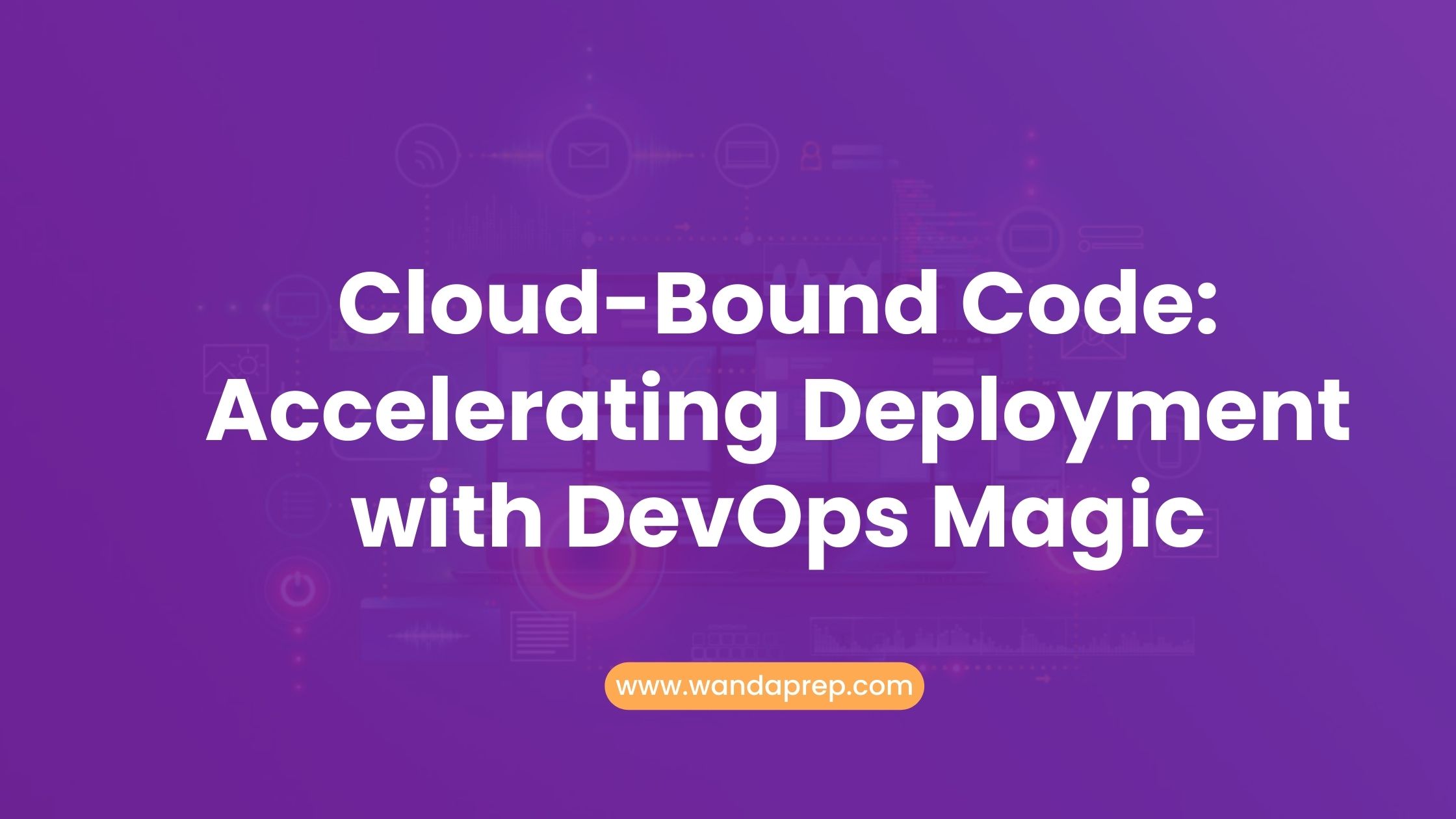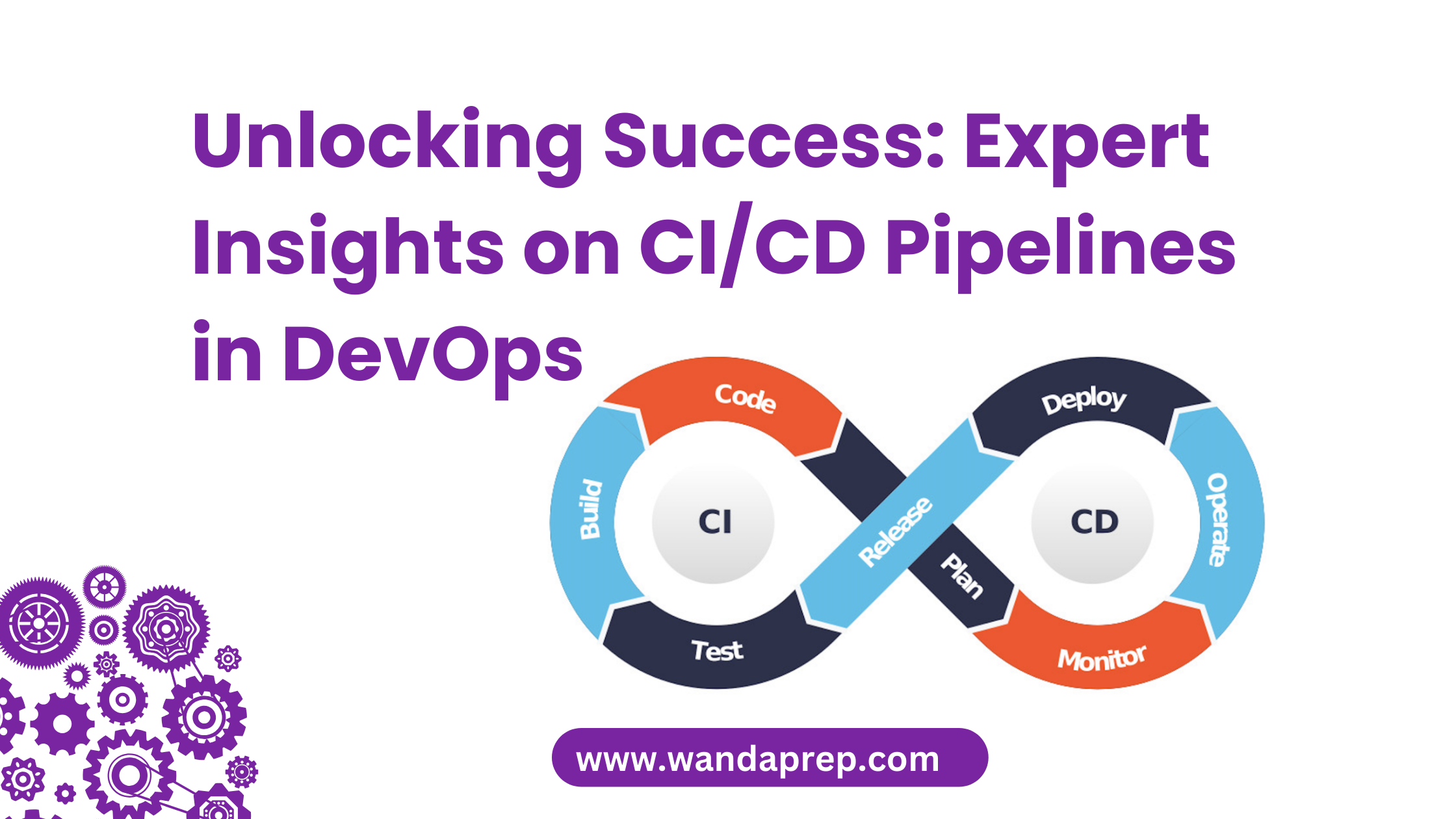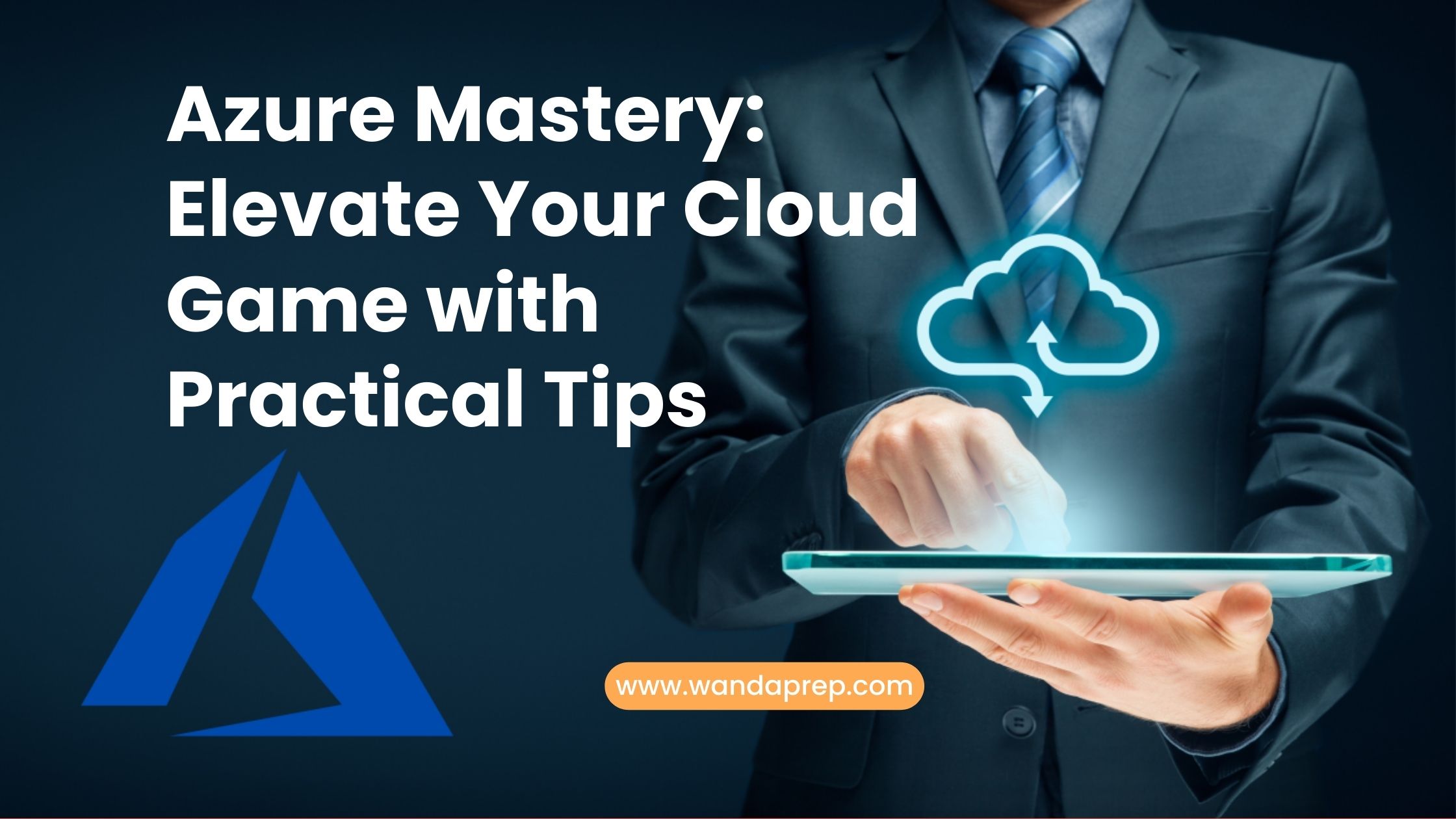Cloud computing is becoming a crucial component of all sizes of enterprises in the current digital era. Understanding cloud computing ideas is crucial whether you’re a seasoned professional trying to progress in your career or an aspiring cloud engineer. In this fast-paced industry, having a polished interview is essential to securing your ideal position.
We’ve put up a list of the top 17 questions you should anticipate to help you ace your next cloud computing interview. These questions address a broad range of subjects, including advanced architectural design, security issues, and basic ideas. Understanding these inquiries and crafting well-thought-out responses can help you show off your knowledge and improve your chances of landing the job.
Let’s examine the top 17 queries and the main ideas you
Fundamental Concepts
Question 1: What is cloud computing, and how does it differ from traditional IT infrastructure?
Key points to address:
Definition: The provision of computing services, such as servers, storage, databases, networking, software, analytics, and intelligence, via the internet is the clear definition of cloud computing.
Comparison: Draw attention to the primary distinctions between cloud computing and traditional IT, including scalability, pay-as-you-go pricing, on-demand access, and lower
Question 2: Explain the concept of virtualization in cloud computing. What are its benefits?
Key points to address:
Definition: Define virtualization as the creation of a virtual representation of a hardware resource.
Benefits: Talk about how virtualization leads to lower hardware costs, more flexibility, and more effective resource use.
As an illustration: Give instances of virtualization technologies, like containerization and Question 3: What are the different cloud deployment models? Explain their advantages and disadvantages.
Key points to address:
Public cloud: Talk about the cost-savings, scalability, and shared resource advantages, but also address any possible security issues.
Private cloud: Highlight the advantages of increased control, customization, and security, but also the higher costs and management overhead.
Hybrid cloud: Describe how hybrid clouds enable scalability and flexibility while preserving control over sensitive data, combining the best features of both worlds.
Multi-cloud: Talk about the advantages of utilizing the advantages of several cloud providers and spreading risk, as well as the difficulties of juggling several settings.
Question 4: What are the key characteristics of cloud computing?
Key points to address:
Measured service: Emphasize the pay-as-you-go pricing model and the ability to precisely measure and bill for resource usage.
Rapid elasticity: Talk about the capacity to scale resources up or down quickly to meet changing demands. On-demand self-service: Describe how users can provision and release resources as needed without requiring significant interaction with the provider.
By thoroughly understanding these fundamental concepts, you’ll be well-prepared to answer
Cloud Architecture and Design
Question 5: What are the key components of a cloud architecture?
Key points to address:
Infrastructure: Talk about the underlying software and hardware elements, including networking, servers, storage, and virtualization.
Platform: Describe the development tools and middleware that make it possible to create and distribute applications.
Applications: Describe the several kinds of cloud-based applications that may be developed and hosted, including big data analytics platforms, mobile apps, and web applications.
Question 6: How would you design a scalable and fault-tolerant cloud architecture?
Key points to address:
Scalability: Talk about methods for growing workloads by scaling both vertically and horizontally.
Fault tolerance: Describe how automated failover, load balancing, and redundancy may provide high availability and reduce downtime.
Best methods: Describe the best practices for creating cloud architectures, including the use of server less computing, micro services, and containerization.
Question 7: What is the role of virtualization in cloud architecture?
Key points to address:
Resource abstraction: Explain how virtualization allows for the creation of multiple virtual machines on a single physical server.
Isolation: Discuss how virtualization provides isolation between different tenants and applications.
Efficiency: Highlight the benefits of virtualization in terms of resource utilization and cost savings. Key points to address:
Question 8: What are the advantages and disadvantages of micro services architecture in cloud environments?
Key points to address:
Advantages: Discuss the benefits of micro services, such as increased agility, scalability, and fault isolation.
Disadvantages: Explain the challenges associated with micro services, such as increased complexity and coordination overhead.
By understanding these aspects of cloud architecture and design, you’ll be able to demonstrate your ability to build robust and scalable cloud solutions.
Read More: Essential Skills You Need to Launch Your DevOps & Cloud Career
Security and Compliance
Question 9: What are the primary security concerns in cloud environments?
Key points to address:
Data breaches: Discuss the risks of unauthorized access to sensitive data.
Data loss: Explain the potential for data loss due to accidental deletion or system failures.
Malware and viruses: Highlight the threat of malicious software that can compromise cloud infrastructure and data.
DDoS attacks: Discuss the risks of distributed denial-of-service attacks that can disrupt cloud services.
Question 10: How can you ensure data privacy and compliance in a cloud environment?
Key points to address:
Data encryption: Explain the importance of encrypting data at rest and in transit to protect against unauthorized access.
Access controls: Discuss the implementation of robust access controls to restrict access to sensitive data based on user roles and permissions.
Compliance frameworks: Highlight the need to adhere to industry-specific compliance standards, such as HIPAA, GDPR, and PCI DSS.
Incident response plans: Discuss the importance of having a well-defined incident response plan in place to address security breaches effectively.
Question 11: What are the key differences between security controls in traditional IT environments and cloud environments?
Key points to address:
Shared responsibility model: Explain how the shared responsibility model in cloud computing divides security responsibilities between the cloud provider and the customer.
Cloud-specific threats: Discuss the unique security challenges posed by cloud environments, such as vulnerabilities in cloud APIs and infrastructure.
Cloud security best practices: Highlight best practices for securing cloud environments, such as regularly patching systems, monitoring network traffic, and implementing strong authentication mechanisms.
Cloud Migration and Optimization
Question 12: What factors should be considered when migrating applications to the cloud?
Key points to address:
Application suitability: Discuss the factors that determine whether an application is a good candidate for cloud migration, such as complexity, scalability requirements, and integration with other systems.
Technical feasibility: Explain the challenges and considerations involved in migrating existing applications, such as compatibility with cloud platforms and data migration strategies.
Business goals: Discuss how cloud migration can align with business objectives, such as reducing costs, improving scalability, and accelerating time-to-market.
Question 13: What is the cloud migration process?
Key points to address:
Assessment: Discuss the importance of assessing existing applications and infrastructure to identify potential challenges and benefits.
Planning: Explain the need for a detailed migration plan that outlines the scope, timeline, and resources required.
Execution: Discuss the steps involved in migrating applications, including data migration, configuration changes, and testing.
Optimization: Highlight the importance of ongoing optimization to ensure that the migrated applications are running efficiently and cost-effectively in the cloud environment.
Question 14: How can you optimize cloud resource utilization and costs?
Key points to address:
Rightsizing instances: Discuss the importance of selecting the appropriate instance types based on workload requirements to avoid overprovisioning.
Reserved instances: Explain the benefits of purchasing reserved instances for predictable workloads to achieve significant cost savings.
Auto-scaling: Discuss how auto-scaling can help optimize resource utilization by automatically adjusting capacity based on demand.
Cost management tools: Highlight the importance of using cloud cost management tools to track spending, identify cost-saving opportunities, and set budgets.
Cloud Service Providers and Offerings
Question 15: Compare and contrast the major cloud service providers (AWS, Azure, GCP) in terms of features, pricing, and target audience.
Key points to address:
Features: Discuss the core services offered by each provider, such as compute, storage, networking, databases, and analytics.
Pricing: Compare the pricing models and cost structures of the different providers, including on-demand pricing, reserved instances, and spot instances.
Target audience: Discuss the specific industries or use cases that each provider caters to.
Question 16: What are some common cloud native technologies and frameworks (e.g., Docker, Kubernetes, server less computing)?
Key points to address:
Docker: Explain how Docker containers can be used to package applications and their dependencies into portable units.
Kubernetes: Discuss how Kubernetes can be used to orchestrate and manage containerized applications at scale.
Server less computing: Explain the benefits of server less computing, such as reduced operational overhead and pay-per-use pricing.
Other technologies: Mention other relevant cloud native technologies, such as micro services architecture, continuous delivery, and DevOps practices.
Question 17: How do you choose the right cloud service provider for your organization’s needs?
Key points to address:
Business requirements: Discuss how to identify the key factors that are most important to your organization, such as cost, performance, security, and compliance.
Technical requirements: Explain how to assess the technical capabilities of different providers to ensure they can meet your specific needs.
Vendor evaluation: Discuss the process of evaluating potential cloud providers, including conducting vendor references and technical assessments.
Acing Your Cloud Computing Interview
Congratulations on completing your preparation for the top cloud computing interview questions! By understanding these key areas and practicing your responses, you’ll be well-equipped to impress potential employers.
Here are some general tips for responding to these questions:
Be confident and articulate: Demonstrate your knowledge and enthusiasm for cloud computing.
Tailor your answers: Relate your experiences and skills to the specific requirements of the role.
Use examples: Support your answers with concrete examples of your work or projects.
Ask clarifying questions: If you’re unsure about a question, don’t hesitate to ask for clarification.
Stay up-to-date: Keep yourself informed about the latest trends and developments in cloud computing.
Remember, the goal of the interview is to showcase your expertise and passion for cloud computing. By preparing thoroughly and demonstrating your skills, you’ll increase your chances of landing your dream job in this exciting field.
